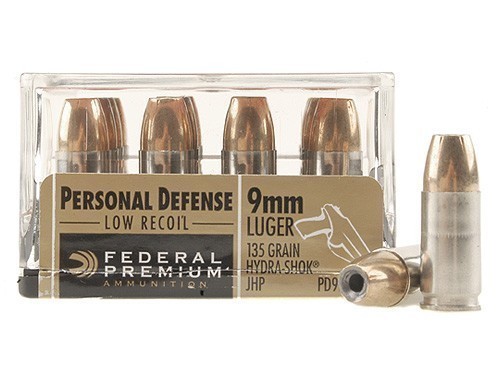 Home
HomeA few notes on bullet setback in carry ammo
I recently picked up a Walther PPS as a new carry gun. I selected Federal Hydra-Shok PD Low Recoil 135gr ammo for carry (mainly because this is what my local place had). Like many people that carry autos with a round in the pipe, I've been careful to unload and reload my mags regularly to avoid chambering and rechambering the same round to prevent bullet setback.
For those of you that aren't familiar with the term, "setback" describes the tendency of a bullet to seat itself deeper in the case each time you chamber it, either due to inertia, or the bullet contacting the rifling or feed ramp. If the bullet sets back enough, it decreases the available volume inside the case, and can result in a dangerous over-pressure condition when you fire the round. For this reason, many of us fully unload the magazine each time we unload the gun, and place the most recently chambered round in the bottom of the mag.
When I was looking at my ammo, I noticed a secondary "crimp" (it looks like a cannelure) on the outside of the case, near where the bottom of the bullet ends up after seating. You can see it in the photo of my ammo below:

I've seen the same "crimp" on revolver brass that I reload.
I was curious what it was for, so I called one of my customers who is a manufacturing engineer at an ammo plant. He told me that the crimp is there to minimize or eliminate bullet setback.
OK. I had to know. Did it work? I decided to do an experiment.
I measured the C.O.A.L. of a random Hydra-Shok round - 1.002", then chambered it ten times in my PPS, and ten times in my Glock 17. I "slingshotted" the slide five times, and used the slide lock lever five times each, then re-measured the round. The new measurement was... 1.002".
I guess it works.
DISCLAIMER: Setback does happen, and setback causes dangerous overpressure that blows up guns. This article simply points out that it doesn't happen with all bullets and guns.